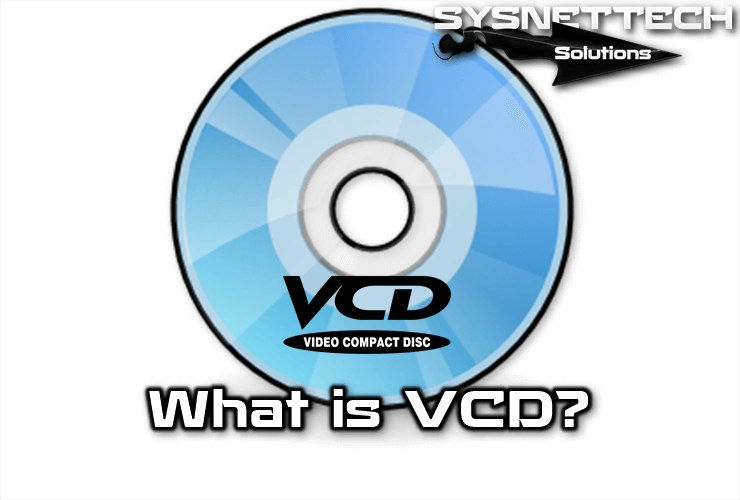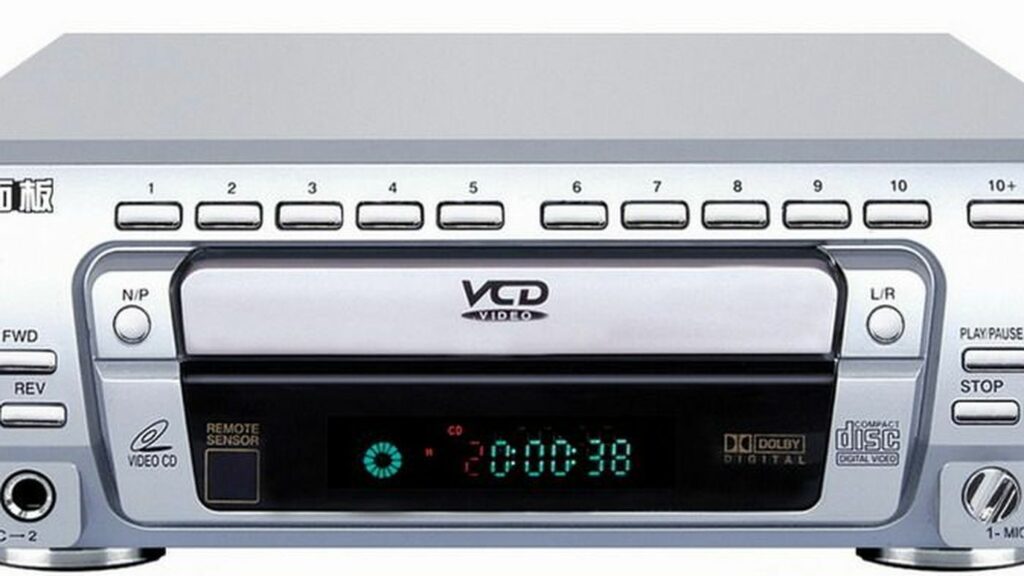The Invention of VCD
Distance learning can be classified into two categories: synchronous learning and asynchronous learning. I have a great feeling about the asynchronous learning part and going to introduce a unique technological outcome in 1993 called “Video Compact Disc (VCD).”

The VCD standard was made by Sony, Philips, JVC and Panasonic, but the first VCD play machine was invented by a Chinese engineer named Wanmeng Jiang. This technology significantly changed China’s information distribution environment in the 1990s and 2000s. In western societies, most people have an apparent storage development timeline. Assume there was an above-average family in the US in the late 1990s. Their children might learn to use tapes (audio only), videotapes (video allowed), floppy disks (computer users), CDs (audio only), DVDs, Blu-ray and then USB drives chronologically. Most of those technic media developments shared the same timeline in China; besides, there were barely any Chinese families who had a memory of using videotapes. In the 1990s and early 2000s, videotape players and DVD players were extremely expensive in China, South Asia and Latin America. People in the third world need a cheap and easy method to distribute knowledge and video information. Then the VCD was considered a compromise solution between tapes and DVDs.

VCD accelerates the distributed learning process significantly by its size and cost. One example to prove this is that during the 1990s and early 2000, almost every learning book had a free reference VCD at its back. It was a prevalent and innovative selling strategy since customers would not choose their product without a VCD inside.

My childhood significantly benefitted from the development of VCD. When I was 8, my parents were both mechanical engineers working in a factory and needed to check the product status constantly in the workshop. On weekends, they just left me in their office surrounded by incredibly hard-to-understand reference books such as thermodynamics. I had no toy to play with, no internet, but only a computer with Windows XP installed. One day I found a reference book to teach people how to use computers. I had a hard time understanding the words in the book. However, the book publisher had a small game saved in the corresponding VCD for learning to use Windows XP. I had fun with the start menu, media player and other Microsoft tools. I even made my favourite toy in a 3D model with the PowerPoint toolbox. When I became a middle school student, during the computer class, I was so proud that I studied almost everything ahead of time after seeing one of my classmates didn’t know how to boost a computer! People prefer to study from their interests or hobbies, but they need straightaway media to support their studies. We now have convenient internet services, but VCD was the best option in the 1990s and early 2000s.
From this module, I found that it was enjoyable to research something I was interested in. Before the research, I could only tell a small part of the history of VCD, which is based on my childhood memory only. After I finished the research, there was a “map” inside my head which linked all of the fragmented knowledge pieces together. I feel delighted when I can learn more about the VCD.
Wikimedia Foundation. (2022, October 9). Video CD. Wikipedia. Retrieved October 15, 2022, from https://en.wikipedia.org/wiki/Video_CD
Pollok, Corina H., and Christian Merten. “Conformational Distortion of α-Phenylethyl Amine in Cryogenic Matrices – a Matrix Isolation VCD Study.” Physical Chemistry Chemical Physics : PCCP, vol. 18, no. 19, 2016, pp. 13496–502, https://doi.org/10.1039/c6cp01946c.
